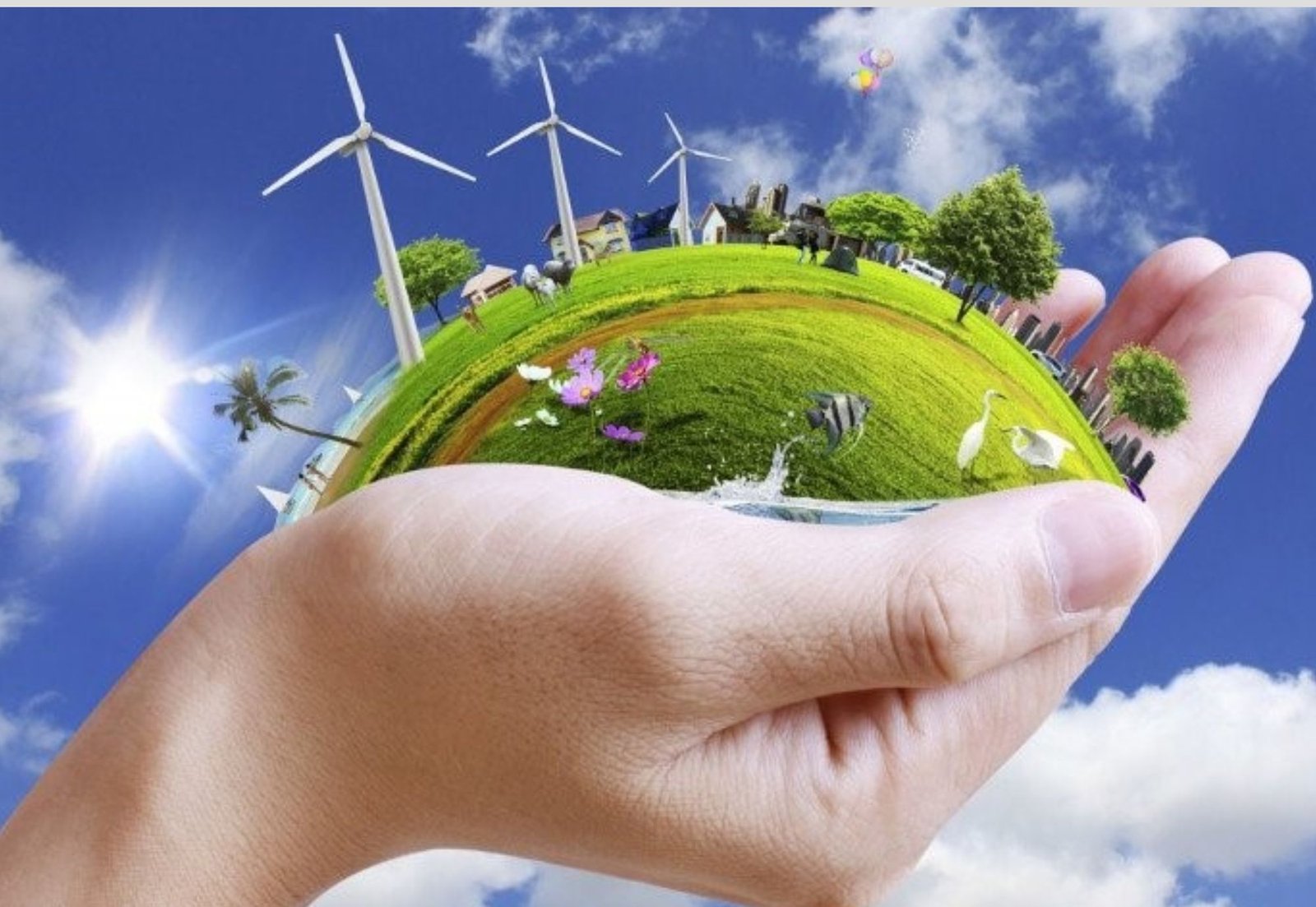In a world increasingly aware of the environmental impact of human activities, the concept of sustainable innovation has emerged as a critical focus for businesses and organizations. Sustainable innovation is about finding creative ways to advance progress while ensuring that environmental responsibility is not just an afterthought but a core principle. This article explores how organizations can balance progress with environmental stewardship, driving sustainable innovation that benefits both the planet and the bottom line.
Table of Contents
Toggle1. Understanding Sustainable Innovation
Sustainable innovation refers to the development of new products, processes, or business models that contribute to economic growth while minimizing negative environmental impacts. It involves rethinking traditional approaches to innovation, focusing on long-term sustainability rather than short-term gains. This requires a shift in mindset, where environmental considerations are integrated into every stage of the innovation process.
Key Concepts:
- Eco-design: Designing products and services with a focus on reducing environmental impact throughout their lifecycle.
- Circular economy: A system where resources are reused, recycled, and regenerated, minimizing waste and reducing the need for raw materials.
- Green technology: Innovations that promote energy efficiency, reduce emissions, and support sustainable resource use.
Link Domain https://lawadvisors.pamshion.net
2. The Importance of a Sustainability Mindset
For sustainable innovation to thrive, organizations must adopt a sustainability mindset. This means prioritizing environmental responsibility in decision-making and fostering a culture where sustainability is seen as an opportunity for growth rather than a constraint. When organizations embrace sustainability as a core value, it can drive creativity and lead to innovative solutions that might not have been considered otherwise.

Action Steps:
- Educate and train employees on the importance of sustainability and how it can be integrated into their work.
- Incorporate sustainability goals into the company’s mission and vision statements.
- Encourage leadership to model sustainable practices, demonstrating their commitment to environmental responsibility.
3. Collaboration for Sustainable Solutions
Sustainable innovation often requires collaboration across different sectors and industries. By working together, businesses, governments, and non-profits can pool resources, share knowledge, and develop solutions that would be difficult to achieve independently. Collaborative efforts can lead to breakthrough innovations that address complex environmental challenges on a larger scale.
Action Steps:
- Partner with environmental organizations to gain insights into sustainable practices.
- Engage with other companies in your industry to share best practices and collaborate on sustainability initiatives.
- Participate in industry-wide sustainability programs and certifications that promote sustainable innovation.
4. Investing in Green Technologies
Green technologies are at the forefront of sustainable innovation. These technologies are designed to minimize environmental impact by reducing energy consumption, lowering emissions, and promoting the use of renewable resources. Investing in green technologies not only supports environmental goals but can also lead to cost savings and competitive advantages.
Action Steps:
- Adopt renewable energy sources such as solar or wind power for your operations.
- Invest in energy-efficient technologies that reduce waste and lower operating costs.
- Explore innovations in materials that are biodegradable or recyclable, reducing the environmental footprint of your products.

5. Creating a Circular Economy
The circular economy is a model that promotes the reuse, recycling, and regeneration of resources, minimizing waste and extending the lifecycle of products. By adopting circular economy principles, organizations can reduce their reliance on raw materials, lower waste management costs, and contribute to environmental sustainability.
Action Steps:
- Design products for durability and recyclability, making it easier to reuse and recycle them at the end of their life.
- Implement take-back programs where customers can return used products for recycling or repurposing.
- Collaborate with suppliers to ensure that raw materials are sourced sustainably and that waste is minimized throughout the supply chain.
6. Balancing Economic and Environmental Goals
One of the challenges of sustainable innovation is balancing economic and environmental goals. While sustainability initiatives can lead to long-term cost savings and brand loyalty, they may require upfront investments. Organizations must carefully weigh the costs and benefits, ensuring that their sustainability efforts are aligned with their financial objectives.
Action Steps:
- Conduct cost-benefit analyses of sustainability initiatives to understand their long-term impact on the bottom line.
- Set measurable sustainability targets that align with both environmental and economic goals.
- Monitor and report on sustainability performance, demonstrating transparency and accountability to stakeholders.
7. Engaging Customers in Sustainable Practices
Consumers are increasingly demanding sustainable products and services. By engaging customers in your sustainability efforts, you can build brand loyalty and drive demand for environmentally responsible offerings. This can include educating customers about the environmental benefits of your products, offering eco-friendly alternatives, and encouraging sustainable behaviors.
Action Steps:
- Highlight the sustainability features of your products in marketing and communications.
- Offer incentives for customers who choose sustainable options, such as discounts or rewards programs.
- Engage customers in sustainability initiatives such as recycling programs or carbon offset opportunities.

8. Continuous Improvement and Innovation
Sustainable innovation is not a one-time effort but a continuous process of improvement and adaptation. As environmental challenges evolve, organizations must stay ahead by constantly seeking new ways to innovate sustainably. This requires a commitment to ongoing research, experimentation, and the willingness to adapt to new technologies and practices.
Action Steps:
- Invest in research and development focused on sustainable solutions.
- Encourage a culture of continuous improvement, where employees are empowered to seek out new sustainability opportunities.
- Stay informed about emerging trends in sustainability and innovation, adapting your strategies as needed.
External links https://jetluxury.techarmz.com/innovative-toys.html
Conclusion
Sustainable innovation is essential for organizations looking to balance progress with environmental responsibility. By adopting a sustainability mindset, fostering collaboration, investing in green technologies, and engaging customers, businesses can drive innovation that benefits both the environment and their bottom line. As the world faces increasing environmental challenges, sustainable innovation will be key to ensuring a prosperous and sustainable future for all
